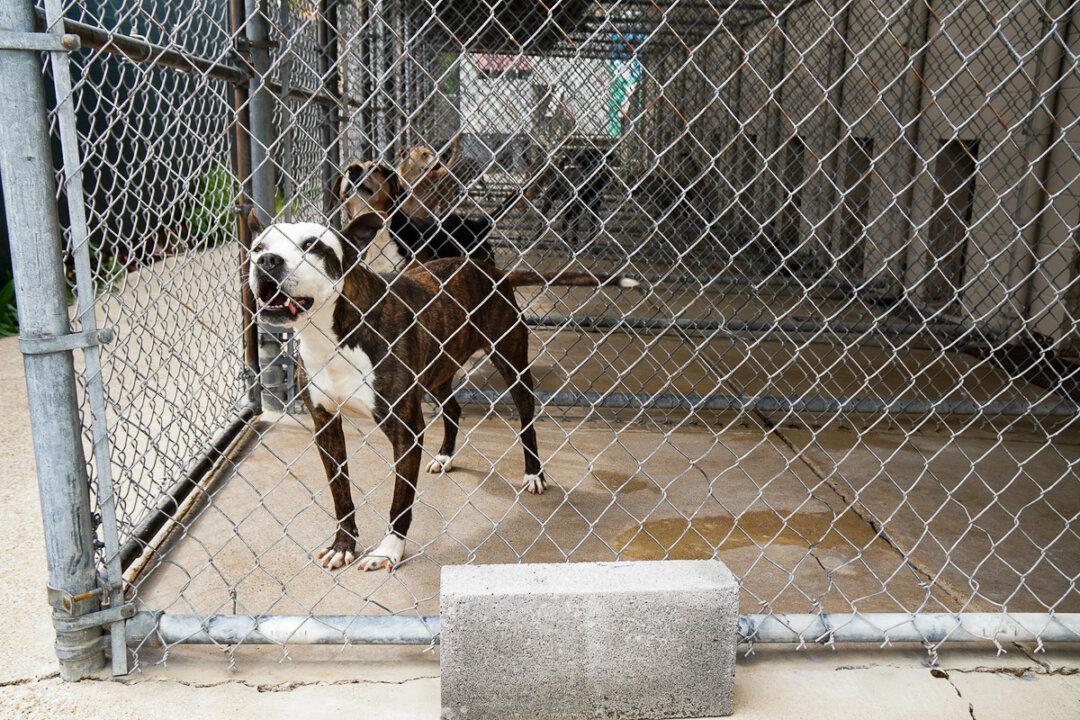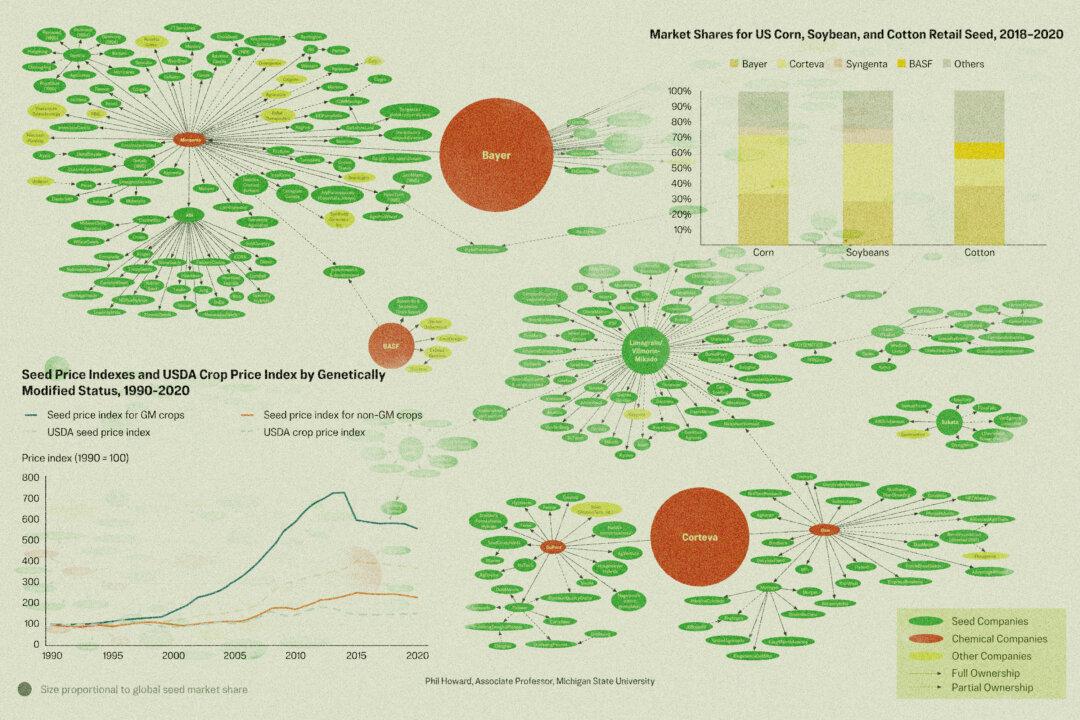Veterinarians in the United States and other countries are grappling with animal welfare challenges amid ongoing gaps in rabies vaccine availability. The timing is problematic; a December 2023 study noted a spike in global rabies cases since the end of the COVID-19 pandemic.
Rabies accounts for 59,000 human deaths in more than 150 countries per year, according to the World Health Organization (WHO). It’s a disease that is nearly always fatal once symptoms start. Human transmission is usually from the bite, scratch, or lick of an infected animal.





